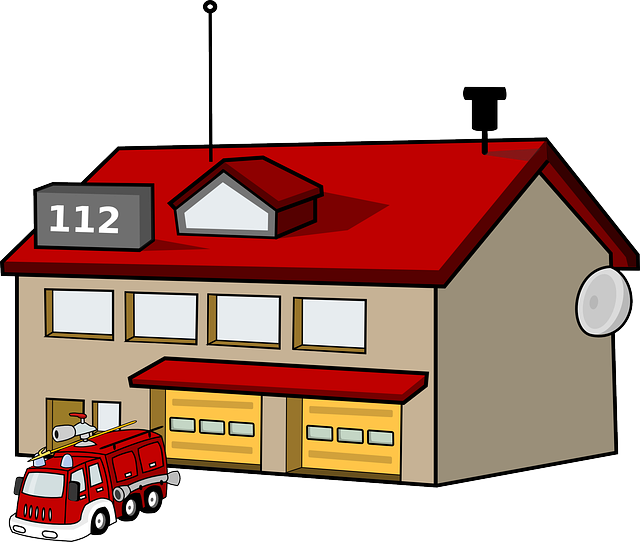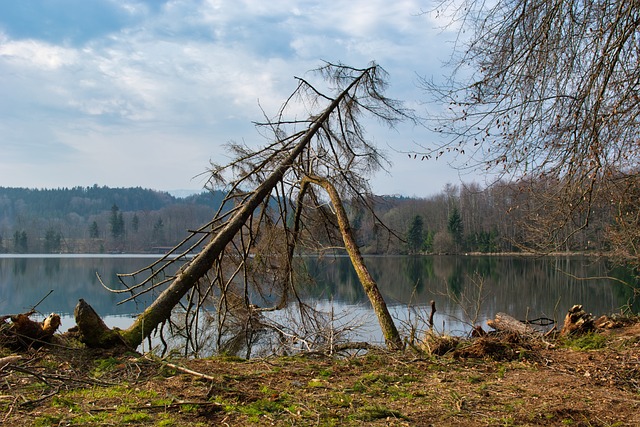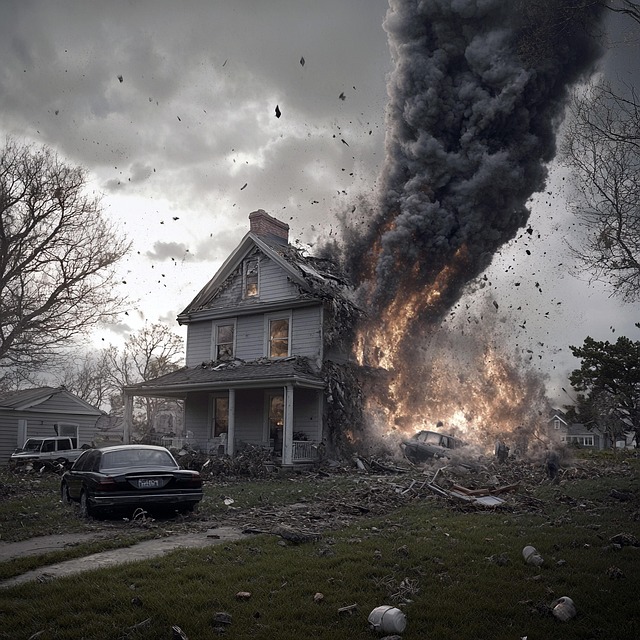Selling a fire-damaged home in California involves a meticulous process that considers both physical repairs needed and market impact. Professional appraisers examine structural integrity, nearby hazards, and market trends to ensure fair pricing. Key inspections include checking for charring, melted surfaces, water damage, and smoke damage. Location is crucial; areas frequently hit by wildfires experience dramatic market shifts. Strategic planning includes documenting damage, engaging restoration experts, and collaborating with experienced real estate agents familiar with post-fire sales in California.
After a devastating fire, accurately valuing affected properties is crucial. This guide explores post-fire property valuation in California, providing insights for both homeowners and real estate professionals. We’ll delve into assessing fire damage, understanding location’s impact on market conditions, and effective strategies to sell a fire-damaged house within the state. By understanding these key factors, you’ll be better equipped to navigate the complex process of recovering from a fire while ensuring a fair sale.
- Understanding Post-Fire Property Valuation in California
- Assessing Fire Damage: What to Look For
- The Impact of Location and Market Conditions
- Strategies for Selling a Fire-Damaged House in CA
Understanding Post-Fire Property Valuation in California
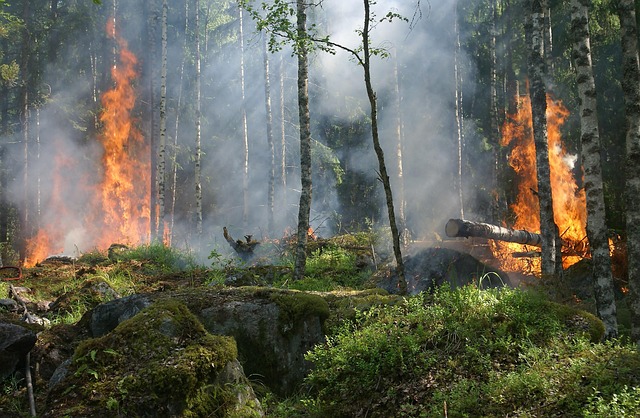
In California, post-fire property valuation is a critical process that follows a destructive event, often leaving homeowners with significant decisions regarding their properties. When a home sustains fire damage, it’s essential to understand that the assessment and valuation of the property undergo a unique and meticulous approach. This process considers not just the physical structure but also the potential impacts on the local market, as fires can leave lasting effects on neighborhoods.
California’s real estate market, known for its competitiveness, introduces additional layers of complexity. Homeowners looking to sell a fire-damaged house in California must consider how the event affects their property’s value. Professional appraisers play a vital role in this process, examining every detail from structural integrity to nearby hazards (if any) and market trends. This comprehensive evaluation ensures that sellers receive a fair price, accurately reflecting the current state of the property while also accounting for potential repairs or rebuilding efforts needed to restore it to its former condition.
Assessing Fire Damage: What to Look For

When assessing fire damage in a property, especially after selling a fire-damaged house in California, it’s crucial to look beyond the visible signs and consider the extent of the destruction. Start by examining structural elements like walls, floors, and roofs for charring or collapse. Note any blackened or melted surfaces, as these indicate severe heat exposure. Pay close attention to odors; a lingering acrid smell may suggest the presence of toxic fumes or hazardous materials. Check for water damage from fire suppression efforts, as it can lead to mold growth, another concern when selling a fire-damaged home in California. Look for signs of smoke damage on ceilings, walls, and furniture—a telltale sign that will impact both the property’s value and potential buyer concerns.
The Impact of Location and Market Conditions
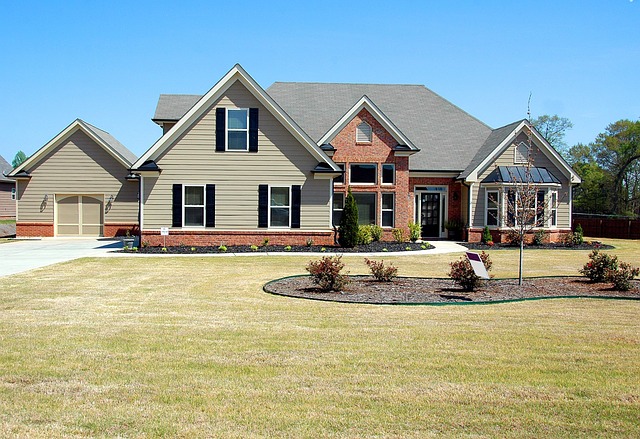
When assessing the post-fire value of a property in California, location plays a pivotal role. Areas that have historically been prone to wildfires often experience significant changes in market conditions after such events. Homebuyers and investors carefully consider the risk factors associated with living in these regions, which can lead to fluctuations in property values. For instance, neighborhoods that successfully recover from a fire might see an increase in desirability, resulting in higher assessments.
Market dynamics are closely tied to location; proximity to affected areas can impact the value of neighboring properties as well. In California, where real estate is diverse and highly sought-after, the aftermath of a fire can create a ripple effect on nearby listings. Factors like accessibility, rebuilding efforts, and government incentives for reconstruction all contribute to how quickly the market rebounds—and these elements are critical considerations when selling a fire-damaged house in California.
Strategies for Selling a Fire-Damaged House in CA

Selling a fire-damaged home in California can be a complex process, but with the right strategies, it’s possible to navigate this challenging situation successfully. The first step is to thoroughly assess the extent of the damage. Homeowners should document every affected area, from structural issues to water damage and smoke stains. This detailed record will be crucial when preparing the house for sale and negotiating with potential buyers.
Engaging the services of a professional property restoration company can significantly enhance the home’s resale value. These experts can mitigate further damage, restore structures, and remove odors, making the property more appealing to buyers. Additionally, working with an experienced real estate agent familiar with post-fire sales in California is essential. They can provide guidance on market trends, help set a competitive listing price, and market the property effectively, ensuring that potential buyers understand the unique circumstances surrounding the sale.
Post-fire property valuation in California involves a nuanced understanding of both structural damage and market dynamics. By thoroughly assessing fire damage, considering location-specific factors, and employing effective selling strategies, homeowners can navigate the process of selling a fire-damaged house in California successfully. Remember that, while challenges exist, a well-informed approach can lead to a positive outcome, allowing folks to move forward from this challenging experience. For those looking to sell fire damage houses in CA, understanding these key aspects is essential for achieving a fair and timely sale.



